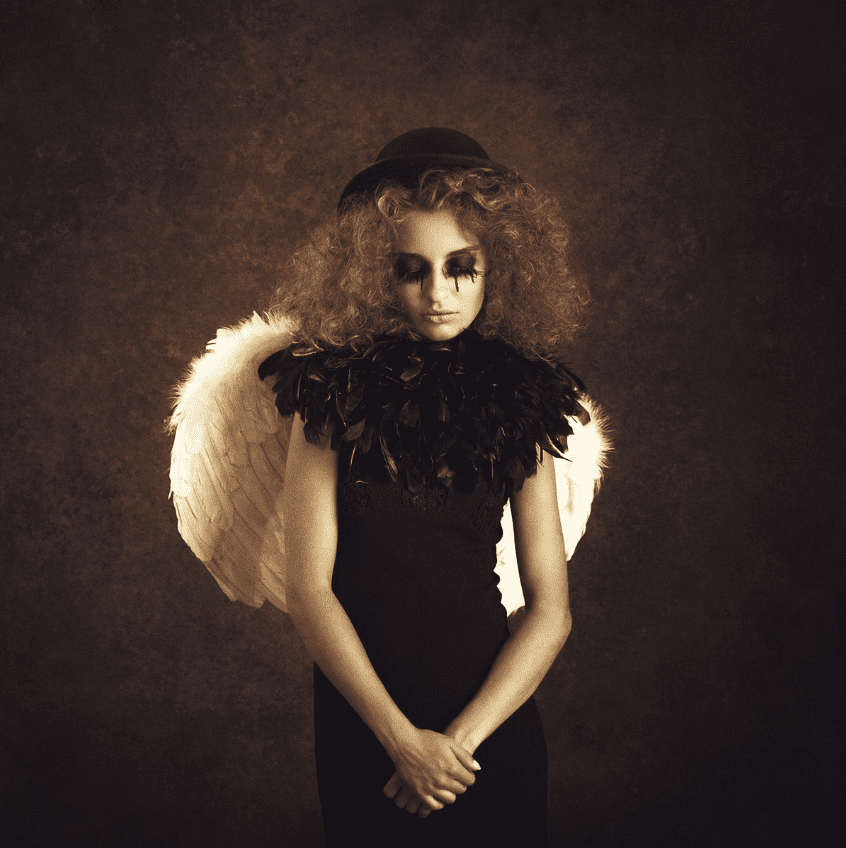conveying a convincing picture of a company or business event After all, shots of people in suits that operate networking at a conference can be false, or stiff and unapproachable.

Boring corporate event photography not only badly reflects the company's brand-it can also harm new customers. In fact, consumers use images as a primary method to determine the value of an event before you continue to look at websites.
However, there are many ways to take photos of company events that are unique and arouse the interest of potential customers or business partners. To achieve the greatest possible benefit, let the photographer know where you want to use these pictures.
This can be, for example, on the website, in contributions on Instagram or Facebook or in an advertising campaign through banner advertising. Physical posters are also common uses of well -staged photos.
If you hold an event like a course or a seminar, you should take this into account when requesting recordings. If recordings of an event are used for marketing all year round, make sure that you will not find any seasonal details event photography

Furthermore, it is important to take photos of participants who are having fun. This reflects a positive impression of the participants and thus also affects the company image. However, it can also be effective more abstract photos that are not focused on individuals.
This applies in particular if you also use the image material for marketing. For example, recordings of a well -attended event room can serve as an unobtrusive background of a target page of the website.
All in all, it can be said that different events always offer opportunities to create excellent and professional pictures.
The key here is finding the right event photographer and briefing them precisely. This ensures well-staged photos that enhance your company's image.

Owner and Managing Director of Kunstplaza. Publicist, editor, and passionate blogger in the field of art, design, and creativity since 2011. Successful completion of a degree in web design as part of a university program (2008). Further development of creativity techniques through courses in free drawing, expressive painting, and theater/acting. Profound knowledge of the art market through many years of journalistic research and numerous collaborations with actors/institutions from art and culture.

















